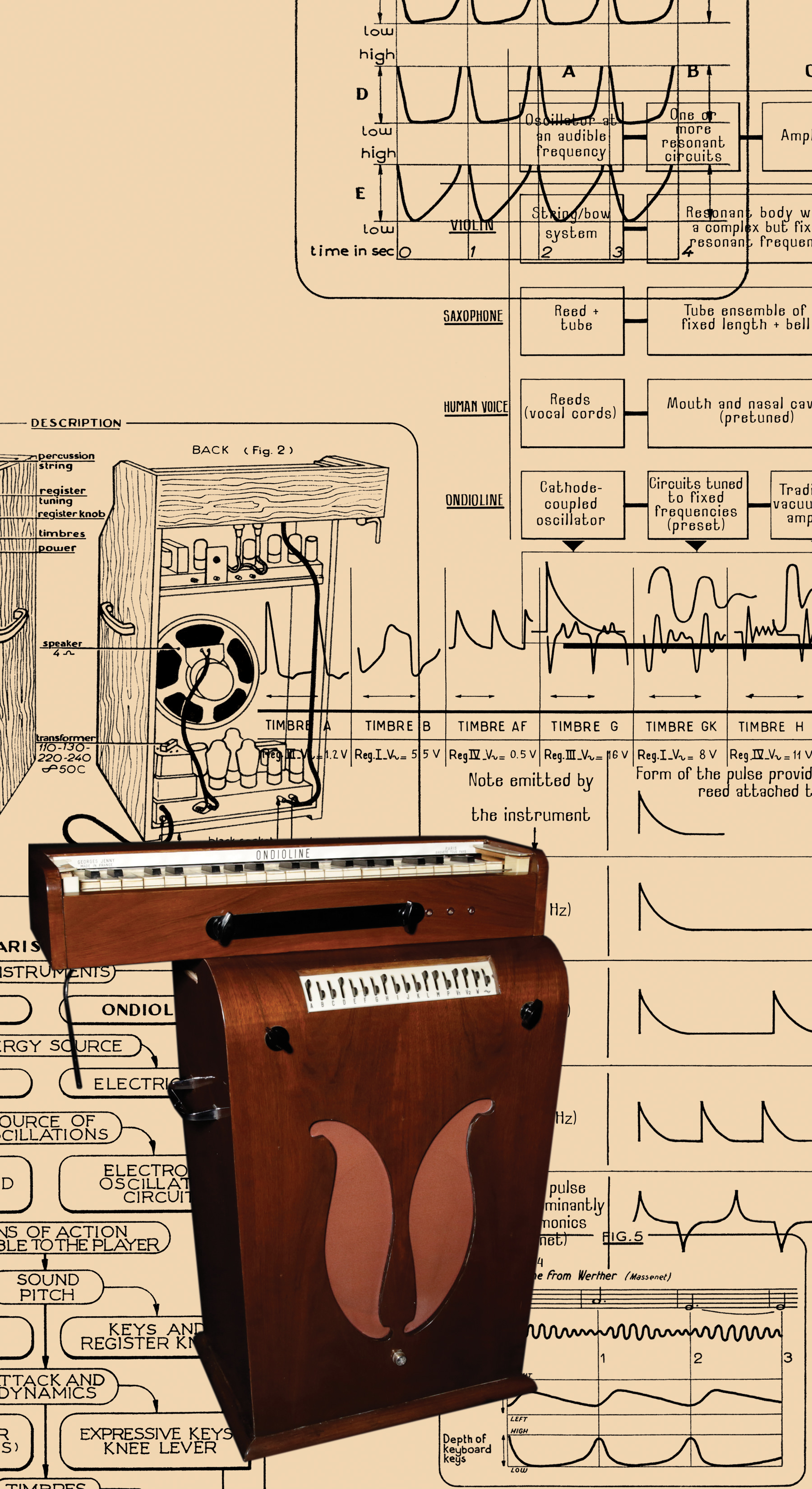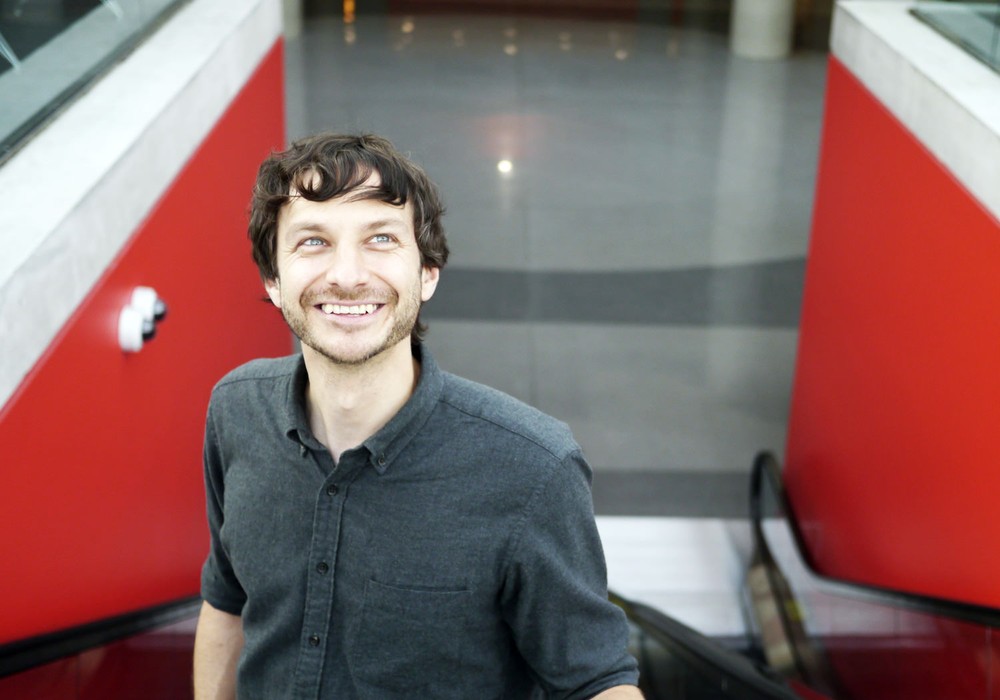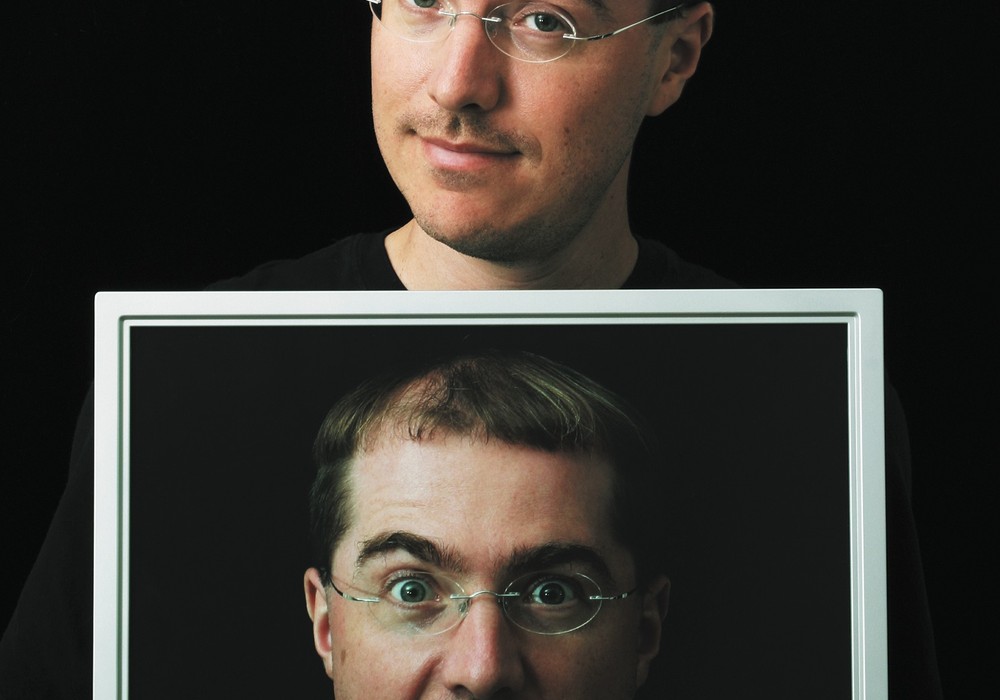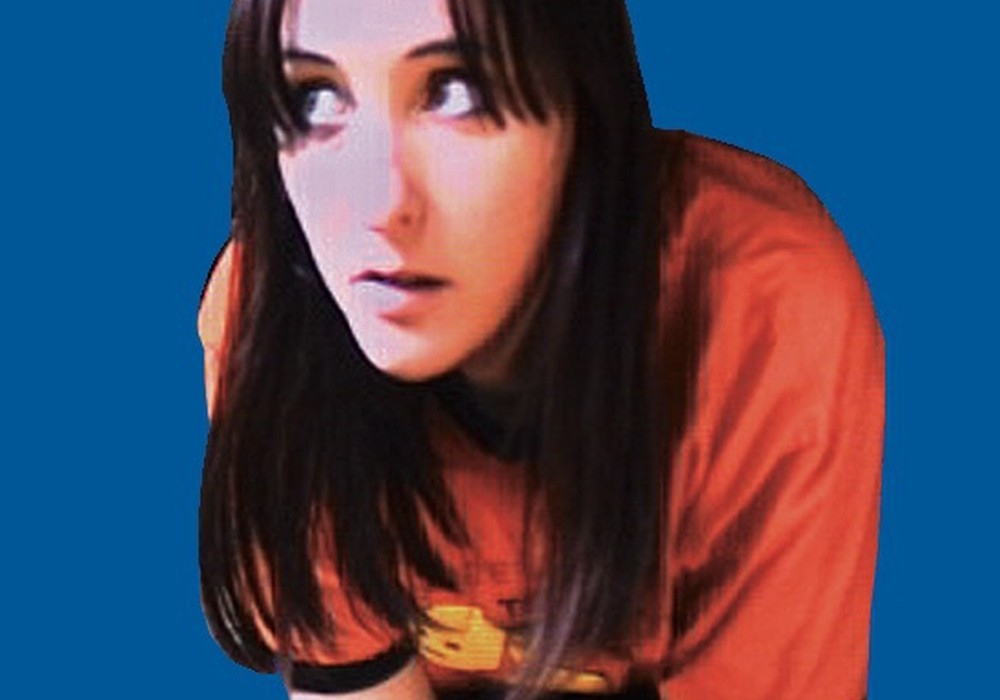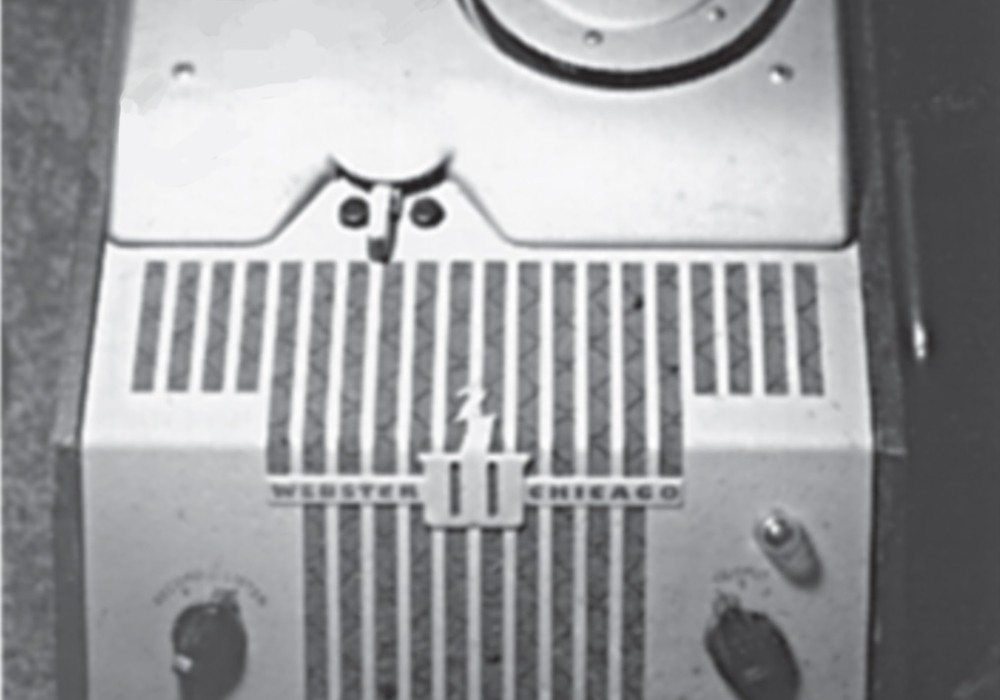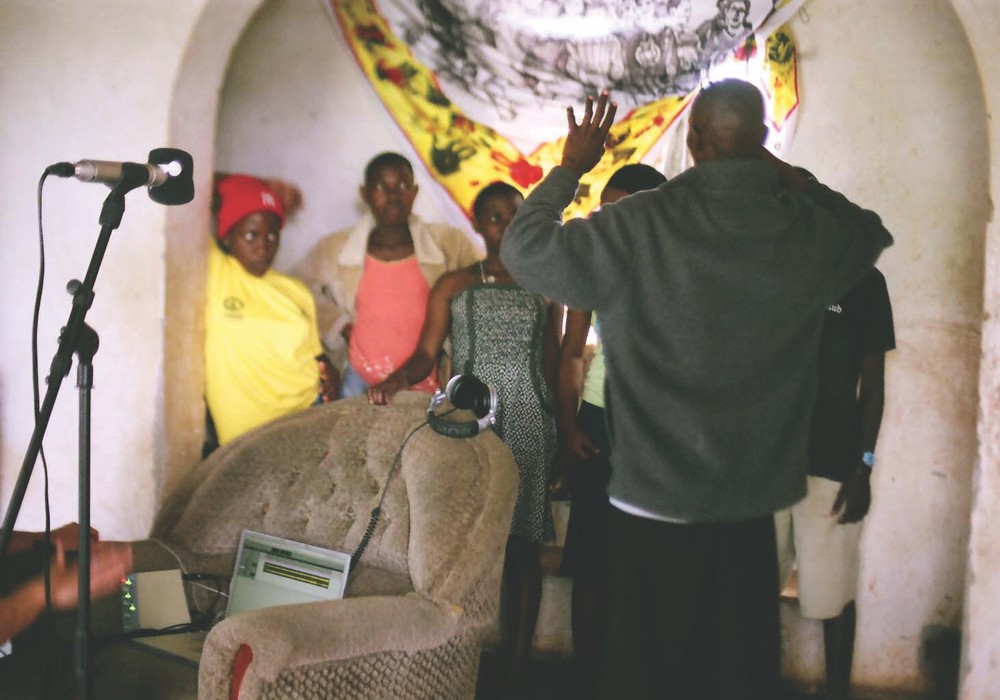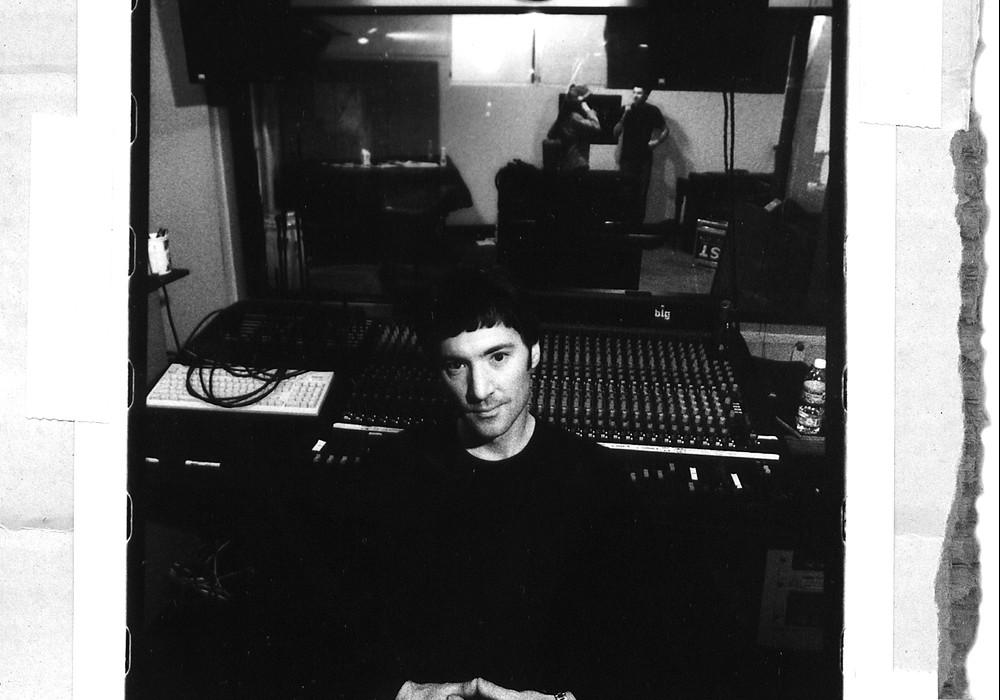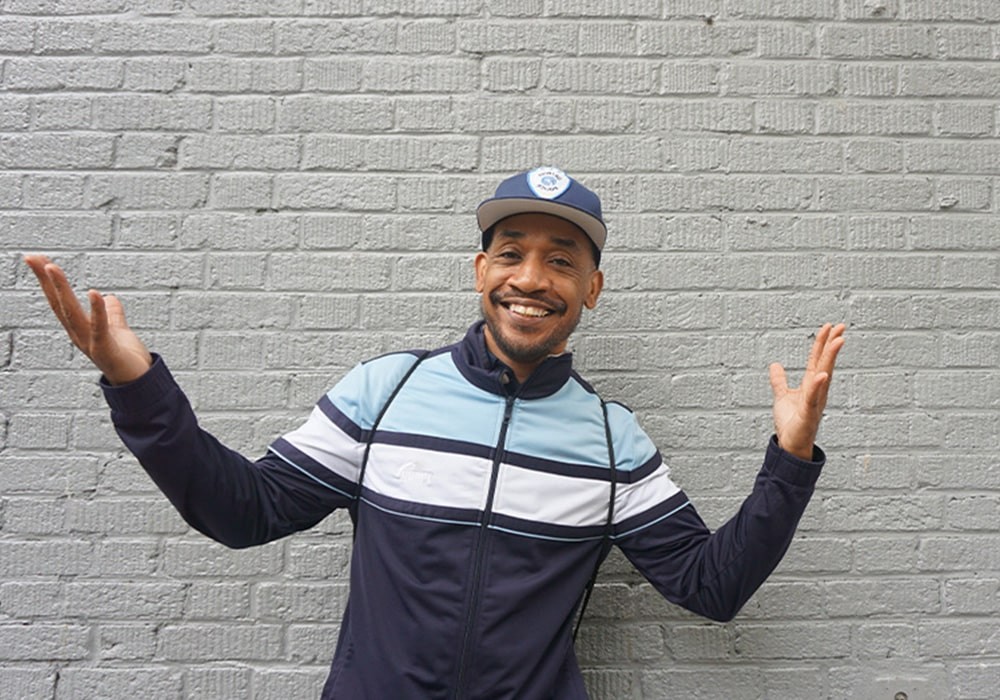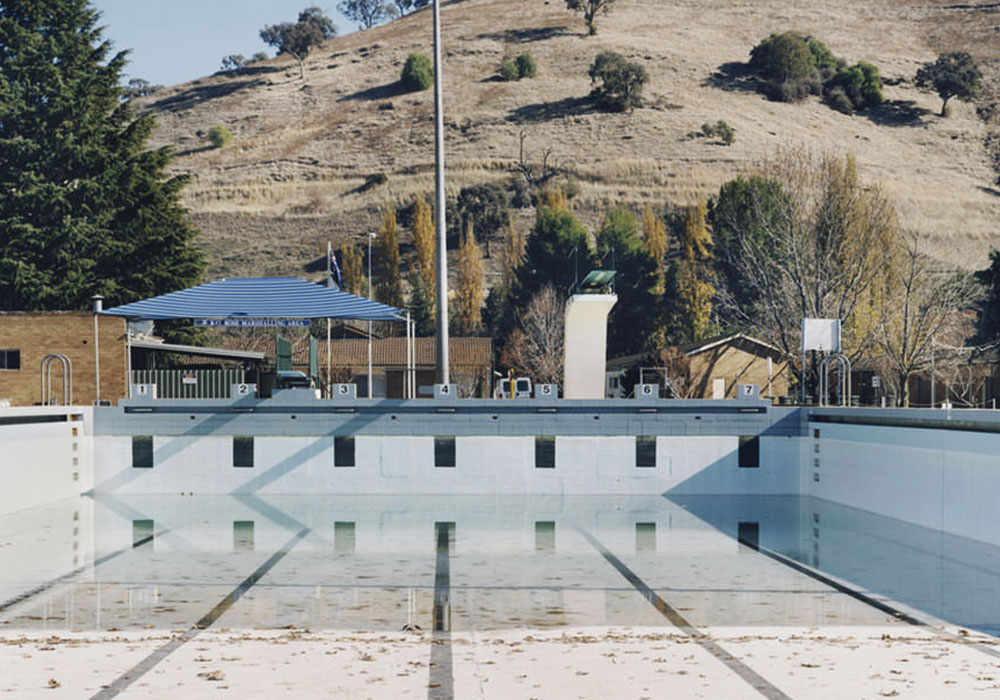In 2011 an artist by the name of Gotye rose to international prominence on the back of his song, "Somebody That I Used to Know," from his third album, Making Mirrors. Wouter "Wally" De Backer is Gotye, and it turns out he's far more than a global pop star. Belgian-born, and Australia-raised, he now resides in the New York City area, where he can work on his many passions. An interest in the French proto-synthesizer, the Ondioline – and its most famous player, Jean-Jacques Perrey, led to meeting Jean-Jacques, archiving his music, releasing a record of rare works (on Wally's Forgotten Futures label), and restoring several of the vintage Ondiolines with the massive help of Stephen Masucci [see our interview with Stephen this issue], as well as performing live with the Ondioline Orchestra. Wally also continues to record and perform with The Basics, a rock trio he's had with friends since 2002, and is currently working on a new Gotye album. He's a busy man; one whose energy is positive and infectious.

What were your first recording experiences?
It's a shame I don't have them anymore, but I remember me and my best friend, at age five or six, recording bits and pieces on cassette. I would record Sesame Street off the television, putting my little boom box in front with the microphone by the speaker. It would be intercut with me and my friend, Gerard, making little radio dramas and things. Then I became a pop fan by listening to video and radio shows, harassing my parents to get a drum kit, and then obsessively starting to play drums. I was coming home from school and playing along with Stewart Copeland on the drums, loving The Police. I loved The Beatles since I was a kid. I remember trying to reverse-engineer Beatles songs. I was going to local studios with my first band in high school. That was the next recording experience.
What was your first studio experience like?
My band was called Downstares. There's a studio in Collingwood, Victoria, Australia, outside of Melbourne; an inner-city suburb. I recorded four songs. One of them I'd recorded at home using MIDI instruments on a Creative Labs Sound Blaster sound card. That's the first time I thought, "Oh, you can get string sounds and bongos in the computer!" I had a little keyboard, so I made do with that. The tracks we recorded with the band were like a metal thing, maybe a bit like Tool, or at least what I thought Tool sounded like. I was probably drawn to metal because of the technical, mathematical side to it as a drummer, starting to work out limb independence and being fascinated by interlocking rhythms and polyrhythms. Local studios around Melbourne had cheap rates that would come with an engineer, so we did a lot of things on ADAT at the time. The first programming I ever did was on a Roland Groovebox. I'd take that down to the studio with Downstares, and we'd put it down as a backing; like percussive parts, or synth things that we'd play along with.
Even for a high school band, doing a number of studio sessions is unusual to some degree, right?
I guess so. I definitely could tell that I was doing something a bit different from what a lot of high school bands were doing, which was, "Let's go in and record all ten of our songs," just punk style. We'd come in and say, "I want to do this one song. I don't know if we have enough money, but we've got to get it right today." The engineer would be like, "You've got sequencers here, and synths here. Do you want to treat this snare drum sound and use this flanger I've got?" We'd get to the end of the day and barely have tracked or be ready to mix. I was a bit ambitious. I was listening to a lot of Depeche Mode records, which I guess was my blueprint of what a record could sound like.
Which weren't easy for them to make, as you might know now!
They weren't doing it in a day! As a teenager, I was a bit oblivious that you couldn't make a reasonably elaborate, half-sequenced synth band production in a day, with an engineer who didn't know what you were aiming to do when you walked in there in the morning. I tried that a number of times with Downstares, to varying levels of success.
We all learn somewhere. Did you start putting something together to record at home?
Finishing high school, the four of us guys in the band were going different directions. That naturally made me go towards, "Should I try to record things myself?" I put a PC-based system together. I started with what was going to be Downstares tracks, thinking that I should produce these myself at home. That was before I was starting to sample records, with what became the first Gotye record after a few years. I was still trying to track live instruments at home on a pretty simple setup with two channels of preamps on an interface. But...
